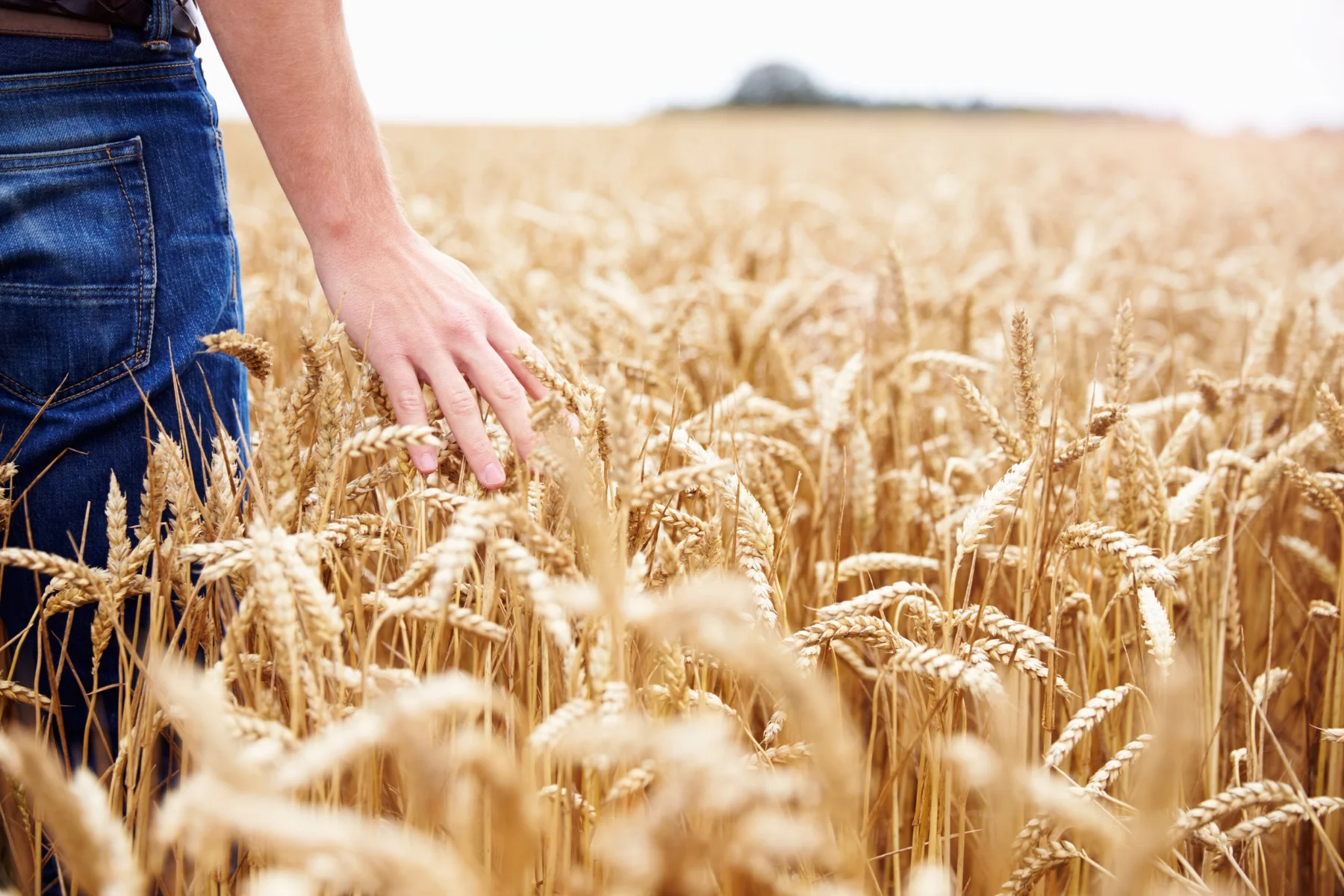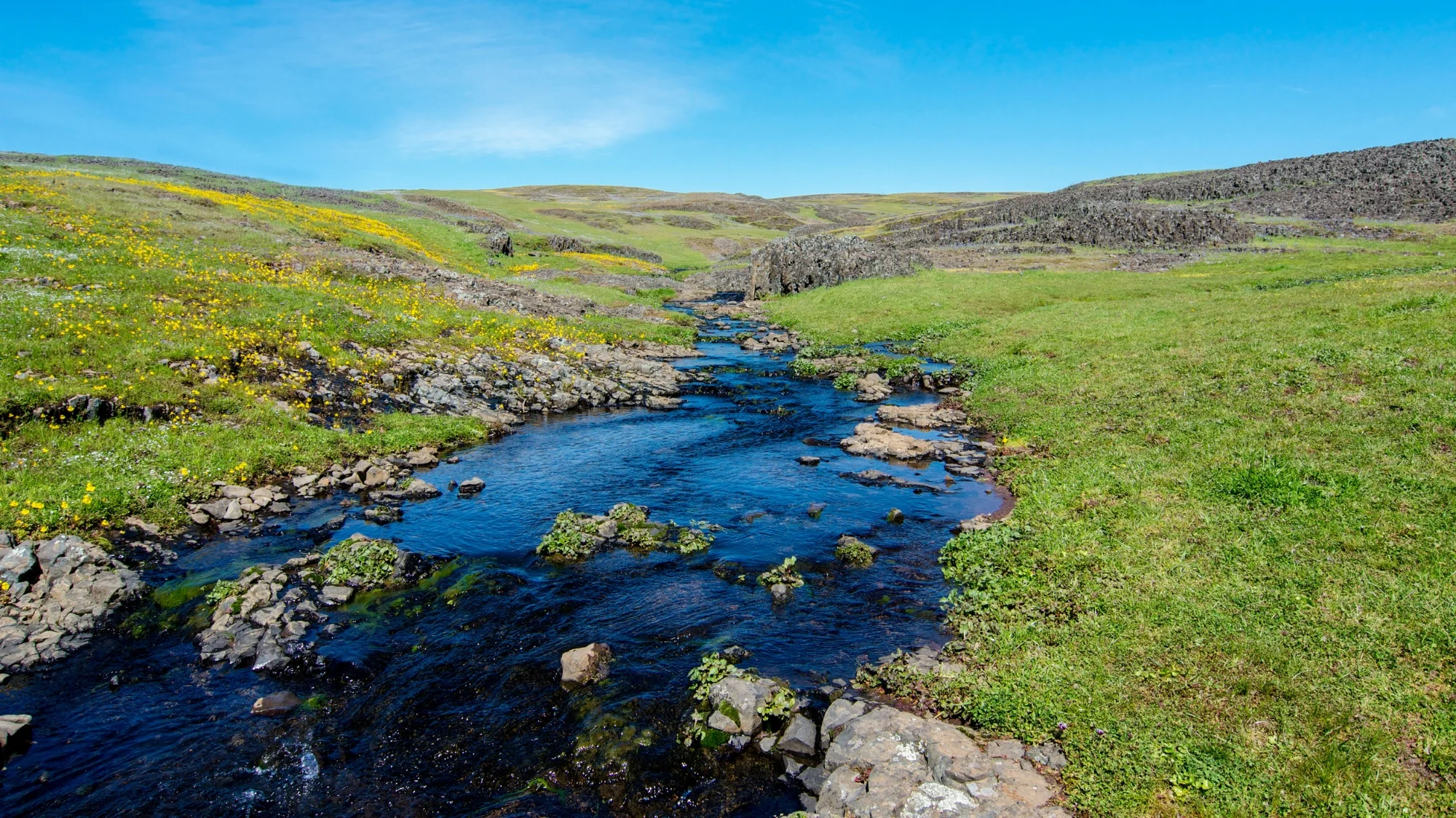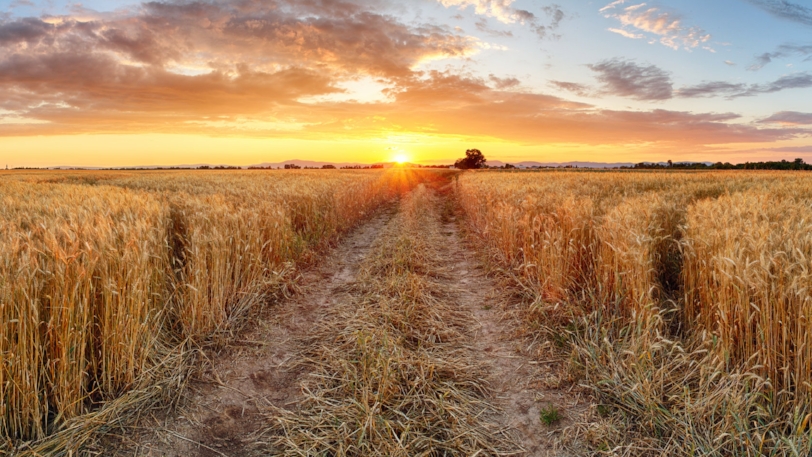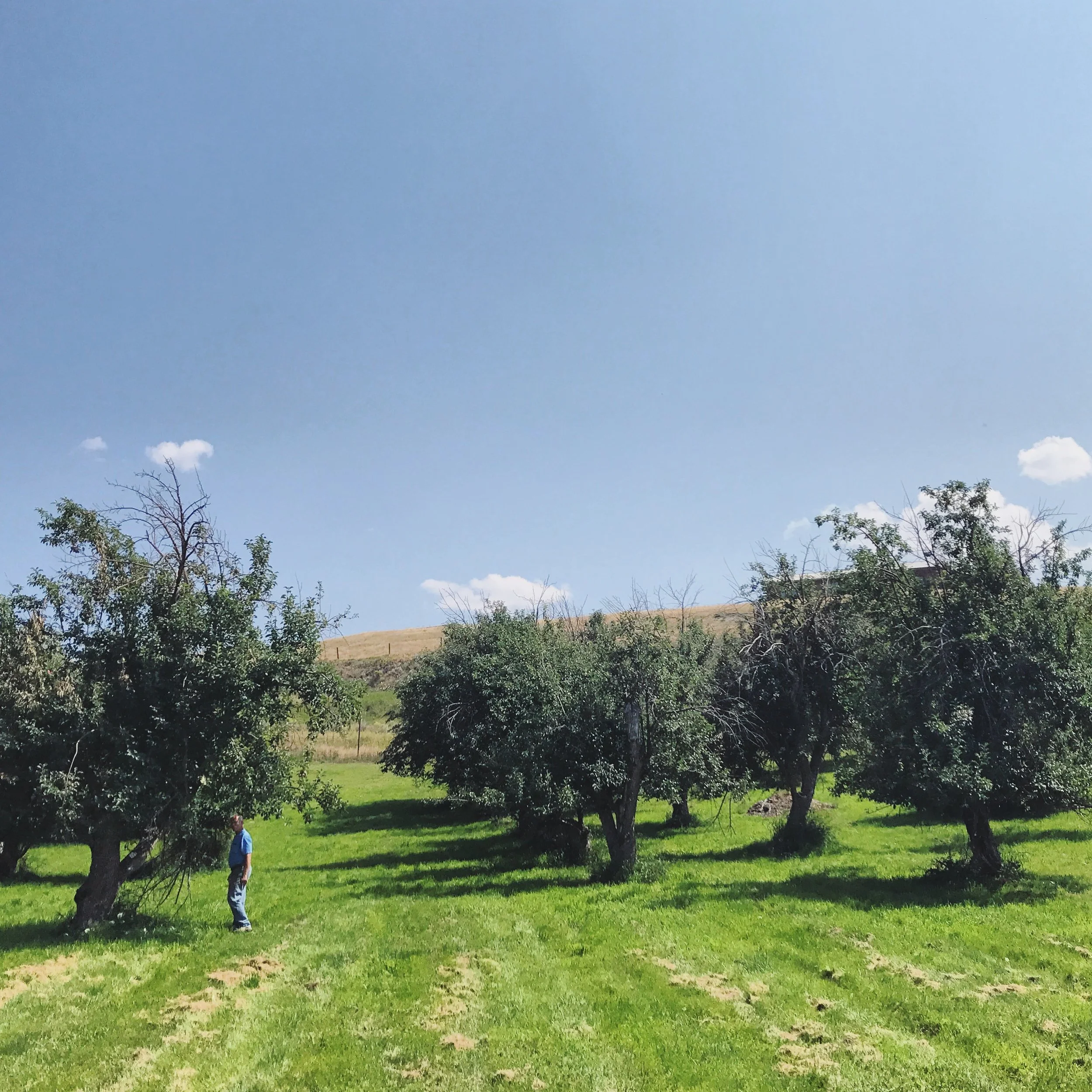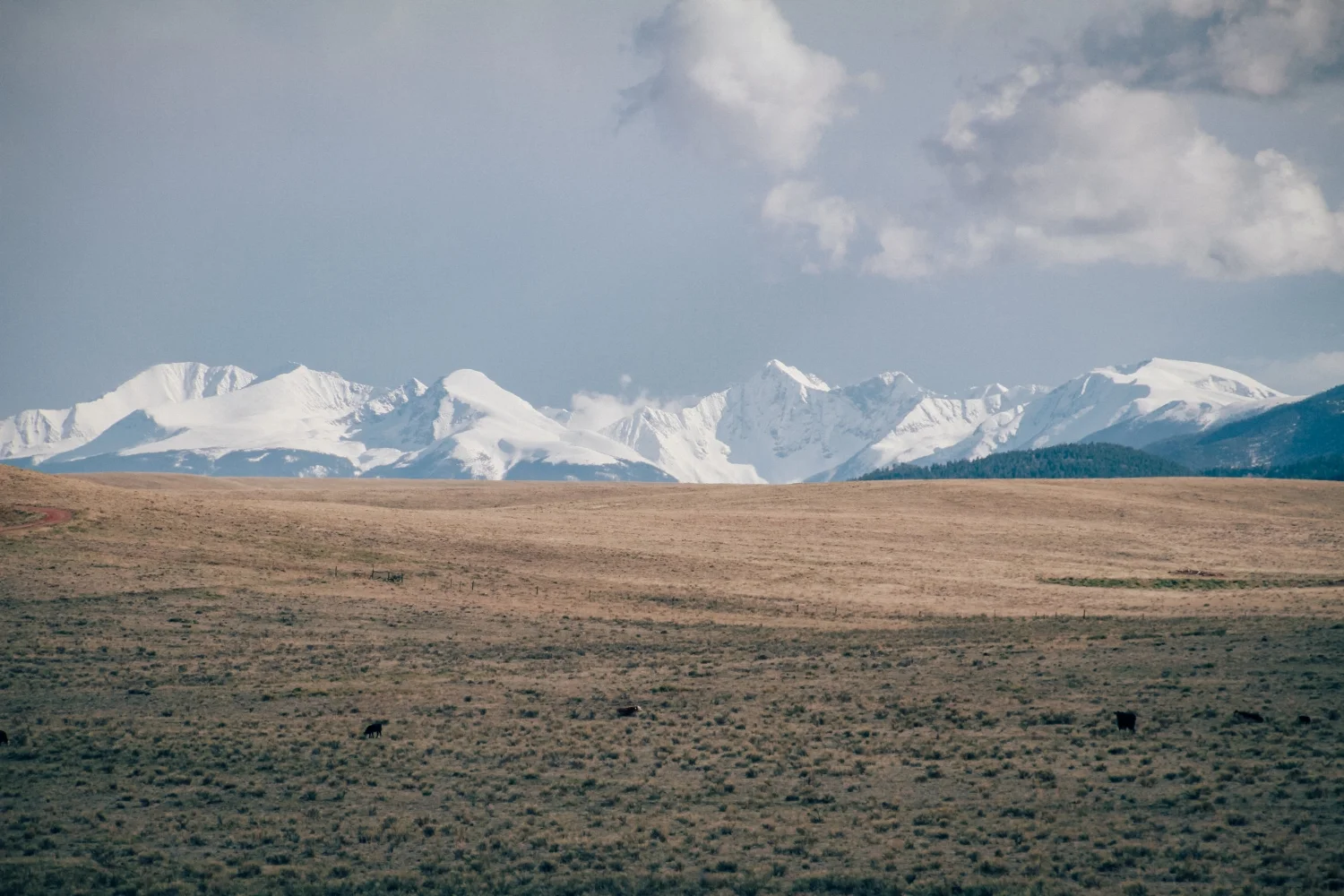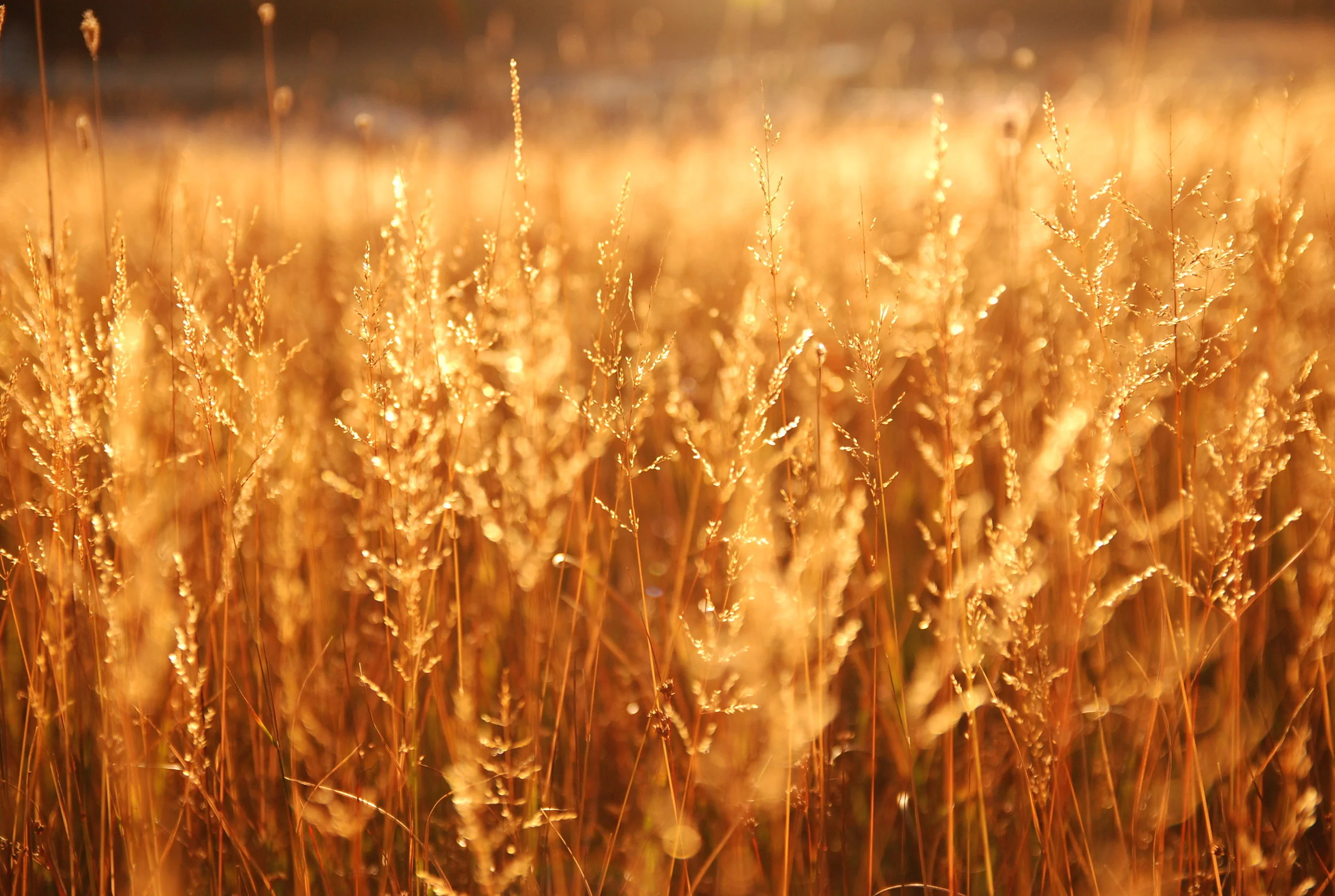In meeting with grocers, school superintendents and cooks, farmers, educators, ranchers, meat processors, bakers, chefs, extension agents, community garden growers, non-profit leaders, senior center volunteers, community leaders, plant start growers, food entrepreneurs, cheese makers, backyard gardeners, and farmers market regulars, Becca and I were able to get to know the communities of Mackay, Leadore, North Fork, Salmon, Elk Bend, and Challis, to really know them. The shared fears and hopes that reverberate throughout so many rural western communities were made specific and singular in the hands and hearts, dreams and desires of the people who call Central Idaho home.
WORKING FARMS IN MAINE
As the average age of working landowners increases and younger generations increasingly choose jobs and lives in more urban or populated areas, the rural landscape is changing. And just as often as these changes present challenges, they present opportunities. While in Maine this spring, we visited two working farms that have addressed these types of challenges with creativity, making each challenge an opportunity to build community and connection around working lands: Wolfe’s Neck in Freeport and Aldermere Farm in Rockport.
LAND ACCESS AND AGRICULTURAL PRESERVATION VIA COMMUNITY LAND TRUSTS
There are a number of tools used across the country to connect people to land, promote ownership and equity, and preserve community values related to land-use. Community land trusts (CLTs) are one of these tools. Community land trusts are nonprofit, community-based organizations that aim to foster community stewardship of land.
MONTANA STATE HEMP PROGRAM DEADLINE APPROACHING
Applications are due May 1st for the 2019 Montana State Hemp Program. The Montana Department of Agriculture’s Hemp Pilot Program included 58 hemp growers and included grew 22,000 acres of hemp in 2018, up from 550 acres in 2017. In 2018, Montana grew more hemp in terms of acreage than any other state.
UPPER COLORADO RIVER PILOT PROGRAM ENDING
The Upper Colorado River Commission System Conservation Pilot Program (SCPP) will be put on hold after this year. The program has funded 45 fallowing efforts at an average cost of $205 / acre-foot of conserved consumptive use in the first three years. In 2018, ranchers and famers in the upper basin will receive $3.9 million in payments through the program.
INTRODUCING OUR LAND SUCCESSION PLANNING SERIES
According to the United States Department of Agriculture census data, the average age of farmers and ranchers exceeded 58 years of age for the first time in 2012. Succession planning is one of the aspects of aging land operators and properties nearing transition.
EXPERIMENTS WITH BERRIES IN IDAHO & MONTANA
University extensions in both Idaho and Montana are experimenting with various varieties of berries in an effort to determine which berries, if any, can be grown successfully at a commercial scale in the Intermountain West. Extension research primarily aimed at answering questions of which plant cultivars are going to do well and fit their markets helps landowners potentially increase their likelihood of success.
MT & WY PROGRAM DEADLINES FOR NRCS ACEP FUNDING
The USDA's Natural Resource Conservation Service (NRCS) is accepting applications under the Agricultural Conservation Easements Program (ACEP) for the Agricultural Land Easement (ALE) and the Wetland Reserve Easements (WRE) programs. The deadline for funding in Montana is March 1, 2018. The announced cut-off date for funding consideration in Wyoming is January 26, 2018.
AGRICULTURAL CASH RENT TRENDS IN IDAHO, OREGON, AND WASHINGTON
Each year the USDA NASS releases cash rent amounts by land use for various states and regions across the country. In Idaho cash rents for all land types, irrigated cropland, non-irrigated cropland, and pasture, posted declines from 2016 to 2017. In Oregon and Washington, cropland rents increased year-over-year, but 2017 pasture rents decreased from the previous year.
AGRICULTURAL WATER USE IN GALLATIN VALLEY
Recently we visited the Gaffke Ranch in the Gallatin Valley. The most impactful part of the tour was not the low water component, but Mike's take on the changes to water availability. Mike seemed to be more concerned with the dissolution of community as a result of the decrease in agricultural water users than the water itself.
MONTANA HERITAGE ORCHARD PROGRAM
In Montana, Montana State University Extension is leading the charge to identify and preserve the heritage orchards that still exist through their Montana Heritage Orchard Program. The designation of Heritage Orchard gives landowners recognition, and helps preserve and propagate the unique fruit tree cultivars.
This summer we had the opportunity to tour one of Montana's Heritage Orchards. The Yellowstone Springs Ranch orchard is currently undergoing the process of genetic testing to determine and catalog the exact cultivars of trees.
PROJECTS FUNDED BY 2017 CONSERVATION INNOVATION GRANTS
The USDA NRCS has awarded more than $22.6 million to drive innovation in conservation this year. Nationwide in 2017, 33 projects are receiving funding through the Conservation Innovation Grant program. There were a handful of innovative programs funded that are geared to the American West including several conservation finance projects.
GRAIN MARKET UPDATE SUMMER 2017
KIDDING AROUND AT FARM 51
Just outside of Bozeman in Kelly Canyon, Jennifer and Chris Boyer raise boer and nubian goats on Farm 51. They provide sustainably-raised goat meat to restaurants in Bozeman and to consumers through the local Community Co-op. Farm 51 has grown organically from a hobby to a business for the Boyers.
UNDER THE BIG SKY
Montana seems to have an unusually high concentration of makers.
The Montana Television Network (MTN) recently re-launched the Under The Big Sky brand in part to feature the incredible depth of talented makers in the state. Focusing on first-person storytelling, MTN has created the new show to highlight the people, places and organizations that continue to make Montana a strong and dynamic community, and pave the way for the future while embracing and celebrating the past.
THE HIGH DIVIDE COLLABORATIVE
The High Divide region of Idaho and Montana straddles the Continental Divide along the Idaho-Montana state line and is the center of connectivity between the Greater Yellowstone Ecosystem, the Crown of the Continent and the wilderness Central Idaho. Although the region only encompasses two states, it has continental significance because it houses headwaters for the Missouri and Columbia watersheds and it is a stronghold for wildlife that have disappeared from much of their historic range.
To protect this crucial area, the High Divide Collaborative is bringing stakeholders together to work collectively to conserve and restore lands of importance for local communities and to protect ecological integrity at the landscape scale.
PLOWING FORWARD
The agriculture industry dominates the Montana economy. In Montana, agriculture is a $4.5 billion industry with a connection to one in five Montana jobs. There are 28,000 farms and ranches in Montana. And, the state is #1 in the nation in production of pulse crops and #2 in organic acres. All of these farms, ranches, crops, and people that work in the industry are affected by climate.
According to ongoing research, by 2050 Montana will likely realize a 4-6 degree increase in the temperature, 20-40 fewer days below freezing, and 5-10% less summer rain.







